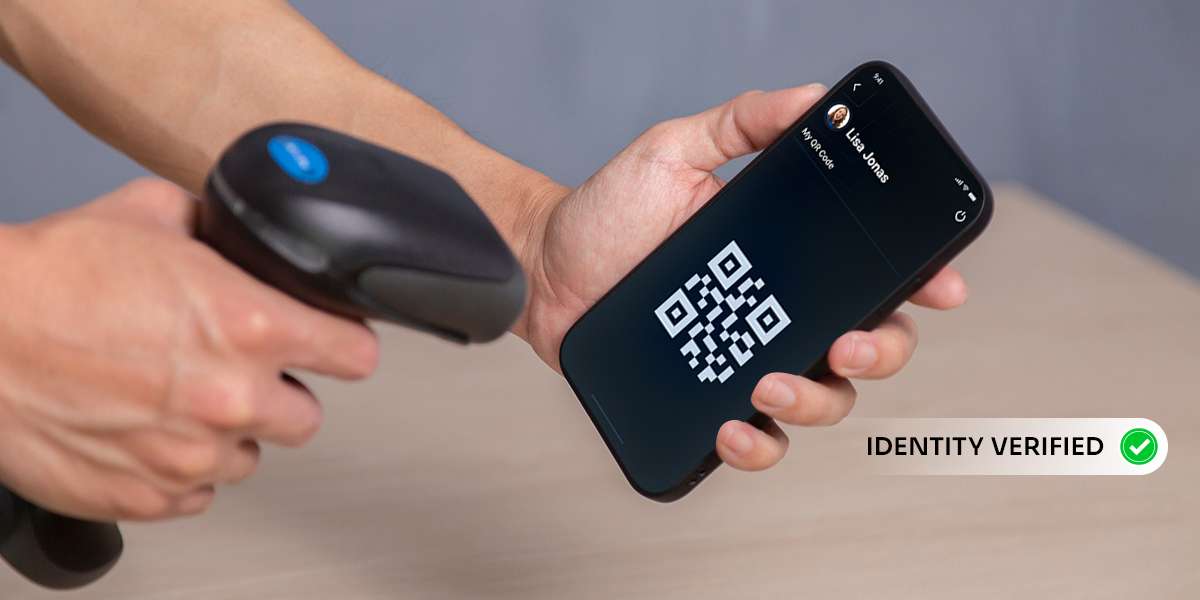The employee onboarding process is a critical phase in an employee’s journey with an organisation. It sets the tone for their experience and lays the foundation for their success within the company. HR software plays a pivotal role in streamlining the employee onboarding process, ensuring a smooth transition for new hires. Let’s explore how HR software can streamline the employee onboarding process and enhance the overall onboarding experience.
1. Centralised Onboarding Platform:
HR software provides a centralised platform for managing the entire onboarding process. It allows HR professionals to automate and standardise onboarding tasks, such as completing paperwork, collecting employee information, and facilitating necessary approvals. This centralization eliminates the need for manual paperwork, reduces administrative burden, and ensures a consistent onboarding experience for all new hires.
2. Automated Workflows and Task Assignments:
HR software enables the automation of onboarding workflows and task assignments. It allows HR teams to create predefined onboarding checklists and templates, which can be customised based on job roles or departments. These workflows automate the assignment of tasks to relevant stakeholders, ensuring that each onboarding step is completed in a timely and efficient manner.
3. Digital Documentation and Electronic Signatures:
With HR software, new hires can complete and sign required documents digitally, eliminating the need for physical paperwork. HR teams can upload digital documents such as employment contracts, confidentiality agreements, and benefit enrollment forms to the software. New hires can review, sign, and submit these documents electronically, streamlining the documentation process and reducing paper waste.
4. Onboarding Portals and Self-Service:
HR software often includes onboarding portals or self-service features that empower new hires to manage their onboarding tasks independently. Through these portals, new employees can access important information, complete required forms, set up direct deposit, and access orientation materials. Self-service capabilities save time for HR teams and enable new hires to proactively engage in their onboarding process.
5. Integration with HR Systems and Tools:
HR software seamlessly integrates with other HR systems and tools, such as applicant tracking systems (ATS), payroll software, and learning management systems (LMS). This integration ensures a smooth flow of information between different HR processes, eliminating data duplication and reducing manual data entry. It enables HR teams to maintain accurate employee records and ensures that new hire information is automatically updated across relevant systems.
6. Task and Deadline Reminders:
HR software allows HR professionals to set up automated reminders and notifications for both HR teams and new hires. These reminders ensure that all onboarding tasks are completed on time and that no crucial steps are missed. Automated notifications can be sent to HR teams to alert them about pending tasks or to new hires to remind them of upcoming deadlines or required actions.
7. Preboarding and Welcome Communication:
HR software facilitates effective pre boarding and welcome communication with new hires. HR teams can use the software to send personalised welcome messages, onboarding schedules, and important information to new employees before their official start date. This helps create a positive first impression, reduces anxiety, and demonstrates the organisation’s commitment to a smooth onboarding experience.
8. Training and Onboarding Content Delivery:
HR software often includes features for delivering training and onboarding content. It can provide access to online training modules, orientation materials, and policy documents. New hires can access these resources at their own pace, allowing them to familiarise themselves with the company culture, values, policies, and procedures.
9. Analytics and Reporting:
HR software provides valuable analytics and reporting capabilities for the onboarding process. HR teams can generate reports to assess the effectiveness of onboarding programs, identify areas for improvement, and track key metrics, such as time-to-productivity and employee satisfaction. These insights help organisations refine their onboarding strategies and enhance the overall employee experience.
10. Compliance and Data Security:
HR software ensures compliance with data protection regulations and security standards. It offers features such as data encryption, access controls, and secure storage of employee information. This ensures that sensitive employee data collected during the onboarding process is protected and handled in accordance with privacy regulations.
In conclusion, HR software plays a crucial role in streamlining the employee onboarding process. By providing a centralised platform, automating workflows, enabling self-service capabilities, integrating with other HR systems, and offering analytics and reporting functionalities, HR software enhances efficiency, reduces administrative burden, and improves the overall onboarding experience for new hires. By leveraging HR software, organisations can set the stage for a positive and productive employee journey right from the start, leading to increased engagement, retention, and success within the company.










